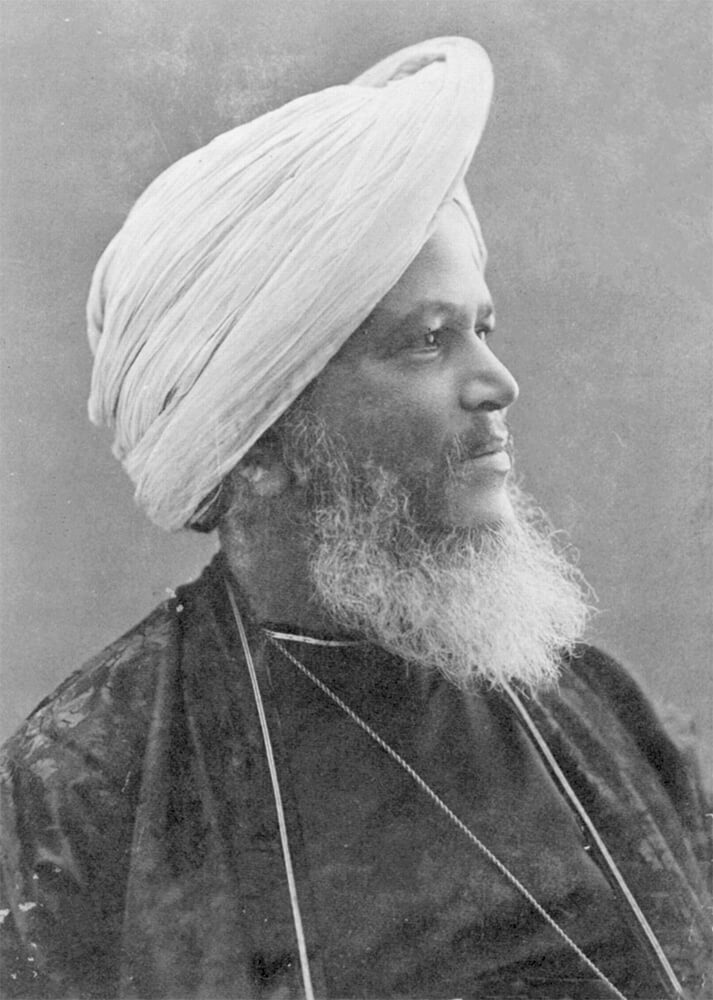Lala Deen Dayal, (famously known as Raja Deen Dayal) born in 1844 in Sardhana, Uttar Pradesh, is revered as one of India's most influential photographers. His journey into photography began after he completed his education in engineering at Thomason College of Civil Engineering (now IIT Roorkee). Initially working as a draftsman for the Public Works Department, Deen Dayal's interest in photography soon turned into a passionate pursuit, transforming him into a pioneer of the craft in India.
In the late 19th century, when photography was still a nascent field, Deen Dayal's talent quickly garnered attention. He established his first studio in Indore, gaining the patronage of Maharaja Tukoji Rao II. His reputation for capturing intricate details and the essence of Indian life, architecture, and landscapes soon spread, leading to numerous commissions from Indian royalty and British officials. This period marked the beginning of his illustrious career, during which he documented India's rich cultural heritage with a distinctive artistic vision.
Deen Dayal's photographic expertise reached new heights when he was appointed the court photographer for the sixth Nizam of Hyderabad, Mahbub Ali Pasha, in 1885. This prestigious position allowed him unparalleled access to the royal family and their opulent lifestyle. His photographs from this era are renowned for their exquisite composition and detail, providing a rare glimpse into the grandeur of princely India. Deen Dayal's work from this period includes portraits, architectural studies, and documentation of royal ceremonies, all characterized by their meticulous attention to detail.
Throughout his career, Deen Dayal's contributions to photography extended beyond his royal commissions. He established studios in Mumbai, Indore, and Hyderabad, training a generation of Indian photographers and expanding the reach of professional photography in the country. His innovative techniques and commitment to quality earned him international recognition. In 1897, he was awarded the Royal Warrant by Queen Victoria, a testament to his exceptional skill and the impact of his work on a global scale.
Lala Deen Dayal passed away in 1905, but his legacy endures through his extensive body of work that continues to be celebrated for its historical and artistic significance. His photographs are invaluable records of India's architectural and cultural history, capturing the essence of a bygone era with clarity and depth. Deen Dayal's pioneering spirit and dedication to his craft have left an indelible mark on the history of photography, establishing him as a true trailblazer in the field. His work remains a source of inspiration for photographers and historians alike, preserving the rich tapestry of 19th-century India for future generations.
